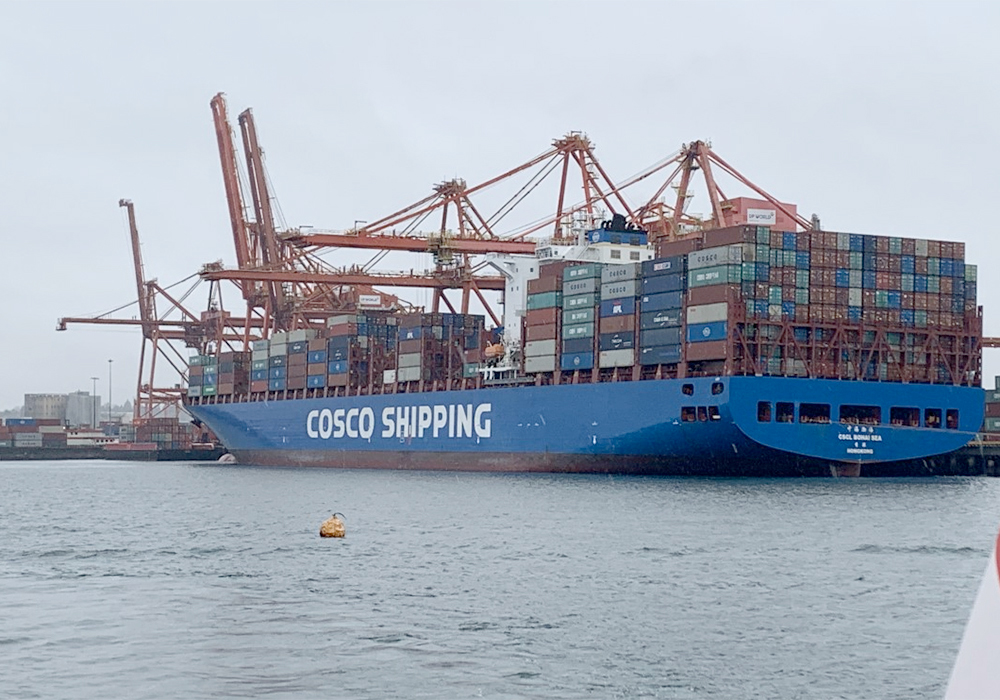The price for a shipping container is less extreme than it once was, but getting it where it’s needed can be next to impossible, Pulse Canada says.
“It’s still pretty acute,” Greg Northey said recently about shipping container availability.
“Most shipping lines don’t want to service destinations where we want to go.”
It’s been hard to get a container to Canadian loading points because many shipping lines prefer to drop cargo at port and then send the empty containers back to Asia. However, once loaded, containers directed to places such as South Asia seem like an inconvenience.
Read Also

Huge Black Sea flax crop to provide stiff competition
Russia and Kazakhstan harvested huge flax crops and will be providing stiff competition in China and the EU.
Shipping lines have become focused on routes such as China to west coast North American ports because of huge demand in China for high-end products for which shippers will pay high rates. As a result, some lines have abandoned or scaled back secondary routes.
For crops such as green lentils, chickpeas and fababeans, most exports go out in containers to non-Chinese destinations. Forty percent of red lentils go out in containers.
The Indian subcontinent and the Middle East are hot markets for pulse crops, but it’s not where many of the shipping lines prefer.
“It’s just more of a torturous route,” said Northey.
“It’s still a very, very sluggish market for containers. We should be moving much, much more.”
Shipments from both Vancouver and Montreal have struggled to find carriers, with previously regular routes being scaled back to occasional service.
The price for a shipping container has come down. Before the pandemic, a container would cost $800 to $900 per shipment. That soared to $4,000 to $4,500 but has now subsided to around $2,000.
Prices are much higher for Asian exporters. From pre-pandemic rates of about $2,000, they hit $25,000 at the peak.
While not as extreme elsewhere, the pandemic saw container rates around the world surge by five times.
Crops have been backed up at ports, in inland facilities and on thousands of farms.
“We’re months and months and months behind,” said Northey.
Shipping conditions are widely expected to continue easing as the world’s economy stumbles toward recession, surging interest rates squeeze economies, the Russian-Ukrainian war drags on and COVID complications continue to bedevil many countries.
The Maersk shipping line recently warned of slowing demand for containers.
“It is clear that freight rates have peaked and started to normalize during the (third financial) quarter, driven by both decreasing demand and easing of supply chain congestion,” Maersk chief executive officer Soeren Skou said in announcing the Q3 results.
“With the war in Ukraine, an energy crisis in Europe, high inflation and a looming global recession, there are plenty of dark clouds on the horizon.”
A global recession would be bad for overall commodity prices and would weaken demand for crops such as pulses. However, food demand is partially divorced from other types of demand, so a loosening of container supplies could help agricultural exporters more than it hurts them, even if the loosening is caused by economic weakness.
Markets are betting on ocean shipping demand continuing to fall. Maersk shares have dropped by almost 40 percent this year.


















